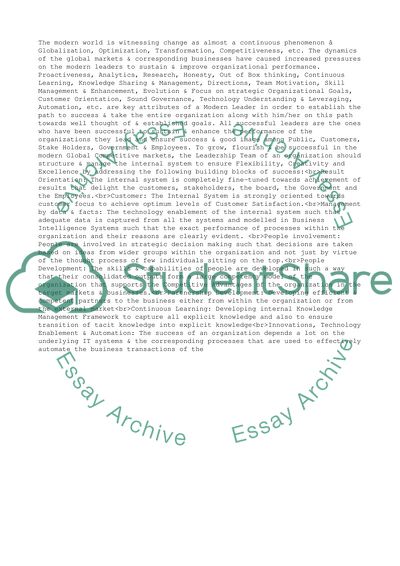Cite this document
(“Leadership and Organisational Performance Essay - 1”, n.d.)
Leadership and Organisational Performance Essay - 1. Retrieved from https://studentshare.org/business/1501181-leadership-and-organisational-performance
Leadership and Organisational Performance Essay - 1. Retrieved from https://studentshare.org/business/1501181-leadership-and-organisational-performance
(Leadership and Organisational Performance Essay - 1)
Leadership and Organisational Performance Essay - 1. https://studentshare.org/business/1501181-leadership-and-organisational-performance.
Leadership and Organisational Performance Essay - 1. https://studentshare.org/business/1501181-leadership-and-organisational-performance.
“Leadership and Organisational Performance Essay - 1”, n.d. https://studentshare.org/business/1501181-leadership-and-organisational-performance.


